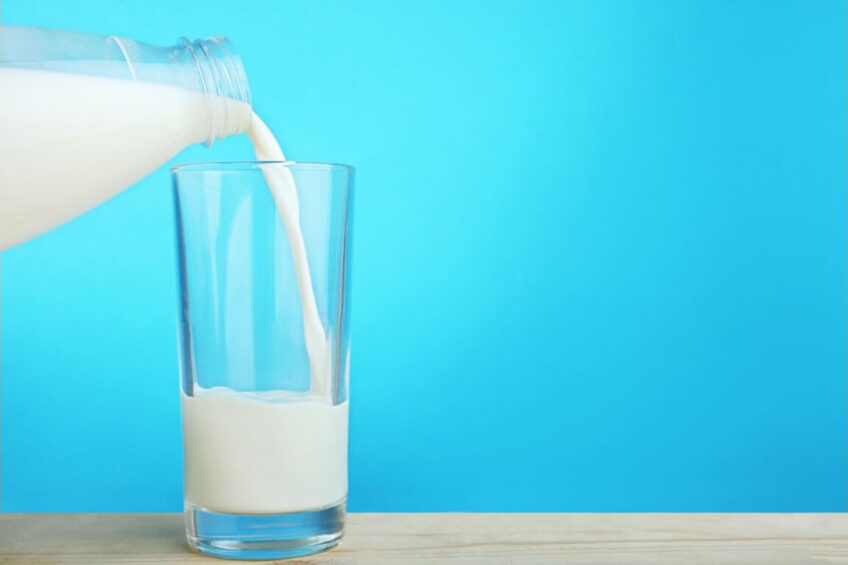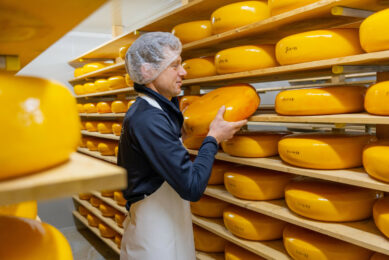Milk price in the coming years

The average milk price in 2023-2027 will be between €45 and €50 per 100kg. The top of the range applies to countries that export a lot of dairy.
Christophe Lafougere, the CEO of strategic consultancy and market research firm Gira, mentioned this during the DSM global ruminant days in Rome.
Lafougere said the dairy market has changed dramatically in the past 3 years. Costs are exploding due to higher concentrations and energy prices. Together they make up 30% of the cost price. “Milk, therefore, remains expensive to produce,” says Lafougere.
Milk price remains high
The EU and New Zealand are seeing their production decrease due to a rapid decline in the number of farmers and cows. “Not because of margins, but because livestock farmers want to lead a ‘normal life like others’,” noted Lafougere, based on recent research. “And then especially the preferred companies stop operating. In France, these are entrepreneurs of around 45 years old with 1 million kg of milk. In northern Germany, larger companies are switching to bioenergy production. And, once stopped, they do not get back into business.”
This contraction in production will continue in the coming years due to environmental requirements, such as the recent introduction of a tax on methane emissions in New Zealand.
United States produce more milk
The US will structurally produce more, triggered by improving margins. However, the total production increase is insufficient to cover the growing worldwide demand for butter and powder. “Large consumers such as Ferrero indicate for the first time that they expect problems with their sourcing,” said Gira’s CEO.
Farmers switch to other buyers
This is reflected in the prices of commodities, added Lafougere. Despite fewer Chinese imports, prices are already moving well above the historical ranges.
This creates a large difference in milk price between major exporting countries such as the Netherlands, Ireland and Denmark on the one hand and countries such as Italy and France on the other. The former has seen an increase in the milk price of more than 60% this year, in France that is 23%. This also leads to major shifts in supply flows. Farmers switch to other buyers.
Lafougere stated: “A-ware bought large volumes from Milcobel suppliers, after which they bought cheaper milk in France to keep the new Mozzarella factory running.”
Join 13,000+ subscribers
Subscribe to our newsletter to stay updated about all the need-to-know content in the dairy sector, two times a week.










